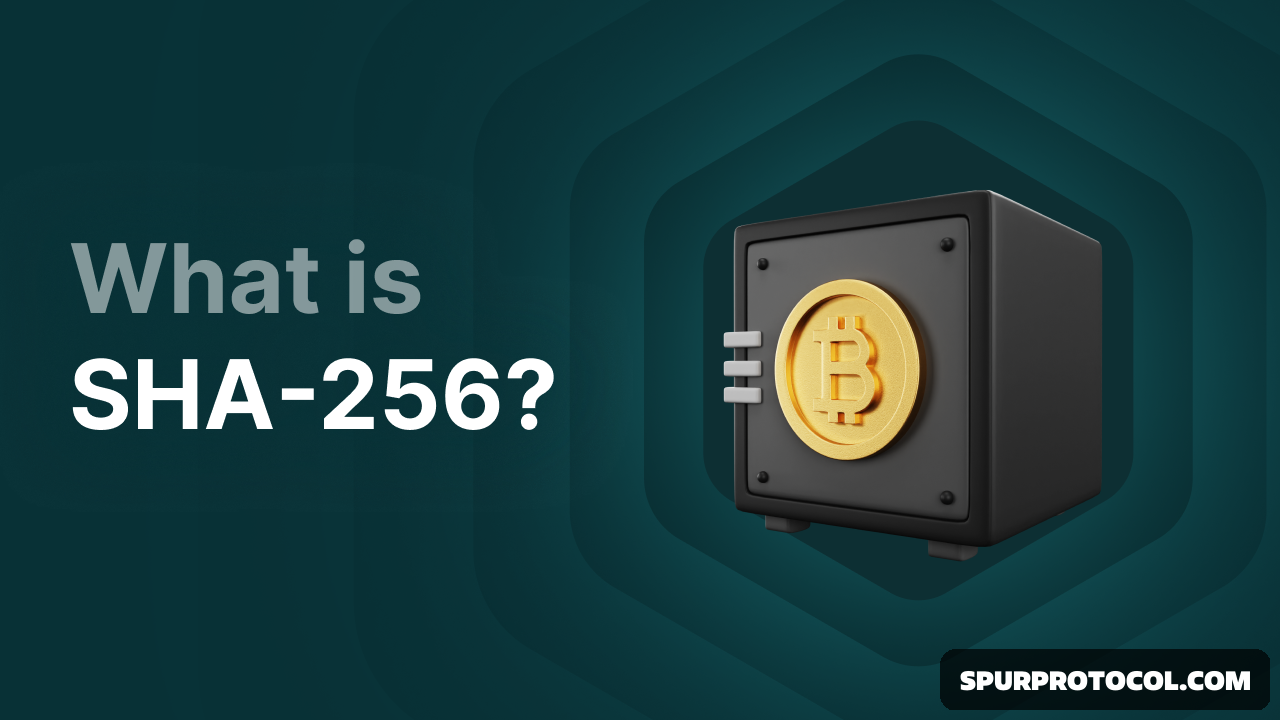What Is SHA-256 And How Does It Work?
SHA-256 is a cryptographic hash function that converts data into a fixed, unique sequence of 256 bits. SHA-256, also known as Secure Hash Algorithm 256-bit, is used globally to secure all kinds of data—from passwords to blockchain transactions. It’s part of the SHA-2 family (alongside SHA-224, SHA-512, etc.). This cryptographic security function was developed in 2001 by the National Security Agency (NSA) and has since become widely used in the crypto world.
Go Back

🕒 5:57 AM
📅 Nov 24, 2025
✍️ By chrison2
°SHA-256 is a cryptographic hash function that converts data into a fixed 256-bit sequence.
°The algorithm is one-way: the hash cannot be reversed to retrieve the original input.
°Small changes in input result in a completely different hash, ensuring high security.
°Bitcoin and other blockchains use SHA-256 to secure and verify transactions via Proof-of-Work.
°SHA-256 is also used for password protection and verifying data integrity.
📍How does a hash function like SHA-256 work?
A hash function like SHA-256 is a mathematical process that turns input data of any length into an output of fixed length. It’s deterministic, meaning the same input always produces the same hash. This makes it a one-way process—there’s no way to convert the hash back to the original data. Any small change creates a completely different output, which allows the function to verify whether inputs match. For instance, when you log in somewhere, the system doesn’t know your actual password—it just checks if the hash matches the stored one.
There are many types of hash functions, but SHA-256 has its own specific technical characteristics. Here’s a simplified explanation of how the SHA-256 hashing process works:
Block division: Because SHA-256 can’t process everything at once, the input is divided into 512-bit blocks (about 64 bytes each). If the last block is too short, it’s padded so all blocks are the same size.
Initial values: Before it starts calculating, SHA-256 uses eight standard initial values. Think of these as starting numbers that ensure consistency in the algorithm.
64 rounds of processing: Each block is processed 64 times using mathematical operations like bit shifts and combinations. You can compare this to shuffling a deck of cards—you want to make the result completely unpredictable.
Linking between blocks: Once a block is done, SHA-256 uses its output to process the next block. This step-by-step linking builds the final result.
Final hash (output): After all blocks are processed, the final value becomes the 256-bit hash—a unique 64-character combination of numbers and letters. In other words, a digital fingerprint of your input.
📍Why is SHA-256 important?
SHA-256 provides security for three major components of the digital world:
Data protection
SHA-256 hash functions are used to store sensitive information securely. For example, websites don’t store your password—they store its hash. When you log in, your input is hashed again. If the two match, you’re granted access. This way, no one can read your actual password.
Trust in the blockchain
Different blockchains use SHA-256 to ensure transactions are authentic and unchangeable. Each transaction is hashed, and if tampering occurs, it’s immediately visible. As mentioned earlier, Bitcoin miners use SHA-256 in the Proof-of-Work consensus algorithm to validate and add blocks to the chain.
Integrity verification
SHA-256 is also widely used to check whether files, messages, or other data have been altered. This is done simply by comparing hashes—if the hash changes, you know the data has been modified.
